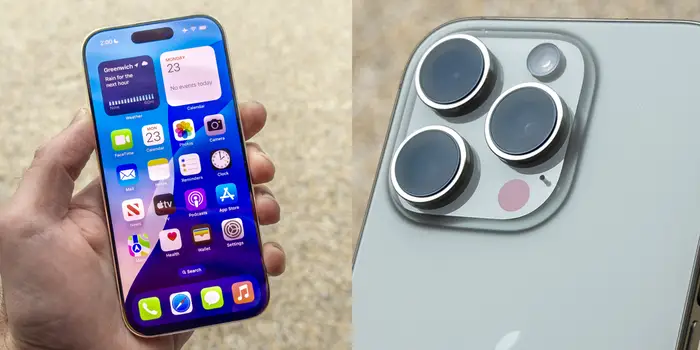2016 was the year in which our gadgets started catching fire. From high end hover bikes to smartphones – our devices were literally exploding. The most notable case was the Samsung Galaxy Note 7. The company recalled thousands of smartphones and replaced them. However, the problem was that the replacements also stated catching fire. This made the company cease the production of the Note 7 permanently.
Samsung lost billions in the process. Some iPhone 7 devices are also known to catch fire or burst into flames. The issue with batteries is not new. Back when feature phones were the trend, there were still cases of batteries catching fire. But why does it happen? To understand that, it’s essential to understand the battery.
What’s inside a smartphone battery?

All batteries use the same principle, as a matter of fact, the technology used in batteries has not evolved at all like our phones did. We use the same battery technology as the earlier phones. Inside a battery are three key things – two conductors, called the anode and cathode and a substance that is between them, called the electrolyte.
The cathode is positively charged, and the anode is negatively charged. During charging, ions move from one side to the other and during discharging, the ions move in the opposite direction. The electrolyte is a lithium polymer, and the ions are lithium ions. The electrolyte helps the ions move from one side to the other. Even though they are crucial to the operation of the battery, they are also pretty volatile. So, we are carrying little bombs in our pockets.
Short circuits due to flawed separators
Now, the ions should move back and forth through the electrolyte, but the electrodes should never touch each other. Smartphone batteries are so thin these days, that manufactures use other materials, called separators to make sure that the electrodes do not touch.
In Samsung’s case, the separators were flawed. This made the electrodes touch each other under pressure. Therefore, all the energy from the battery was pumped all at once right in the middle of the battery, causing the battery to burst out into flames.
Overcharging
Another common cause is overcharging. Most batteries these days are however equipped to prevent overcharging, but one should not generally take a risk of keeping their device connected for too long once the charging is completed.

When you overcharge lithium batteries, too much ions go to one side. This is like filling a glass a water. When you keep pouring water in the glass even when it is filled, water ends up being on the outside. When you try squeezing in more energy in a battery that in can take, the battery ‘spills’ it out, causing explosions and fires.
Generally, with batteries these days, overcharging is uncommon, but it is better to pair your phone with proper chargers and cables if you want to prevent mishaps.
Fast Charging
Another culprit is fast charging. We all want our phones to charge fast, but this causes ‘plating’ in batteries. Consider filling a bottle of water from the tap. You can fill water as fast as the neck of the bottle allows you to fill. If you open the tap all the way, all the water flowing out of the tap does not get into the bottle, it goes out.
When you charge your batteries too fast, spike like structures form inside the battery on the electrodes that internally short circuit the battery. Unfortunately, a lot of manufacturers these days are only providing fast chargers as consumers are also looking forward to charge their phone the most in the least amount of time. That is not good for your phone. Charging your phone using your PC or laptop and by using a compatible cable is better than wall chargers.
Arms Race by Manufacturers
Manufacturers are trying to get the most out of the batteries even while making them smaller. They are increasing voltage to increase the power output. They are doing so by adding nickel and other material in the lithium.
Lithium batteries are already volatile, and at present, we have achieved almost 90% of the maximum battery life a lithium ion battery can give. They are the best we have now. So, as long as we do not demand more than what the battery can give, our devices are safe.









